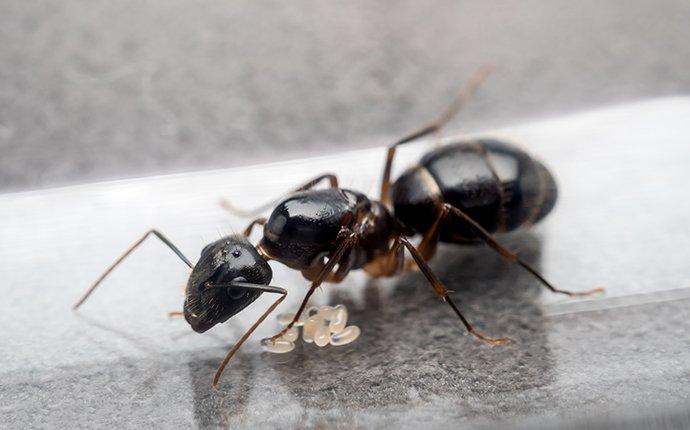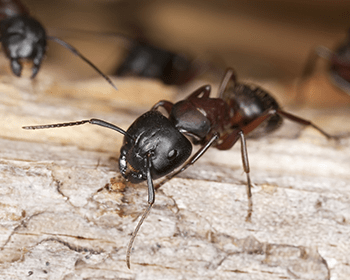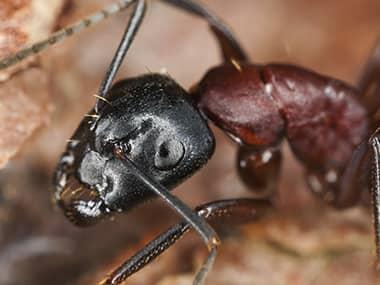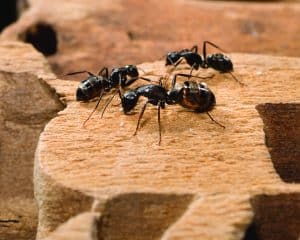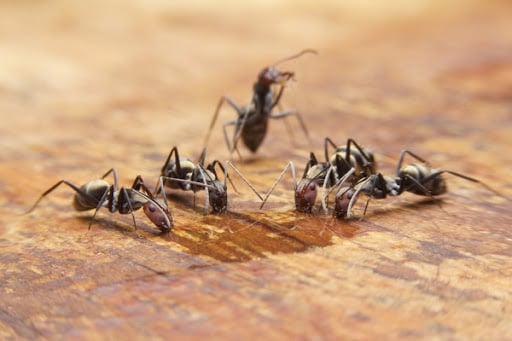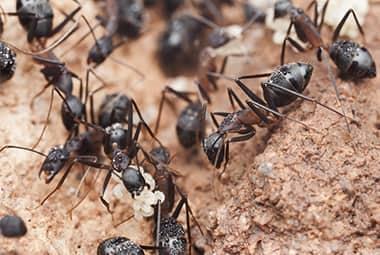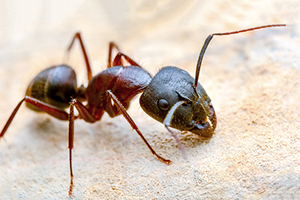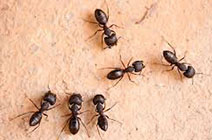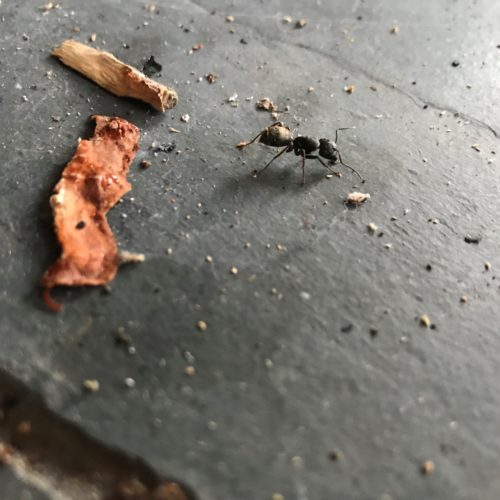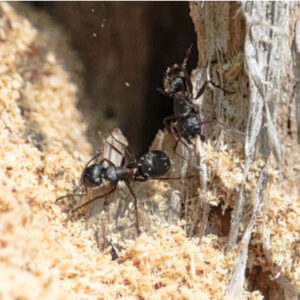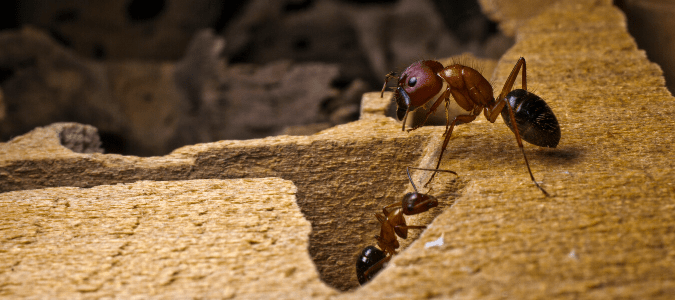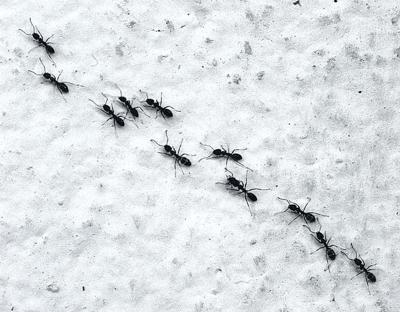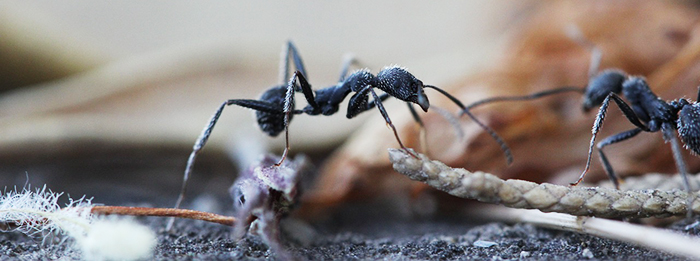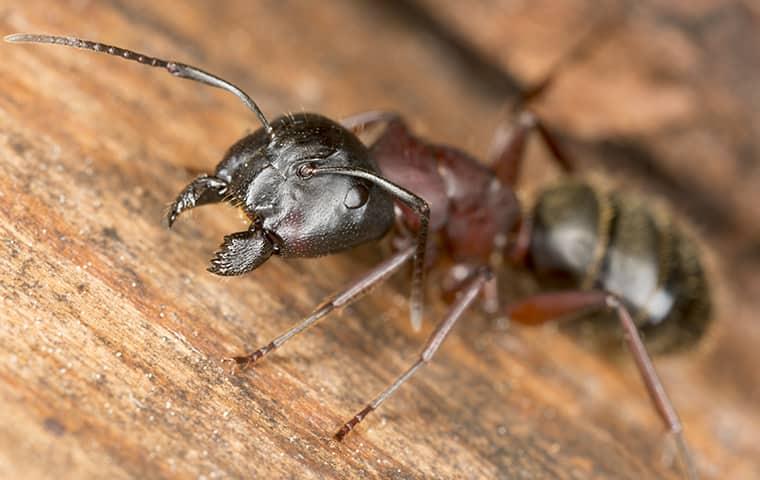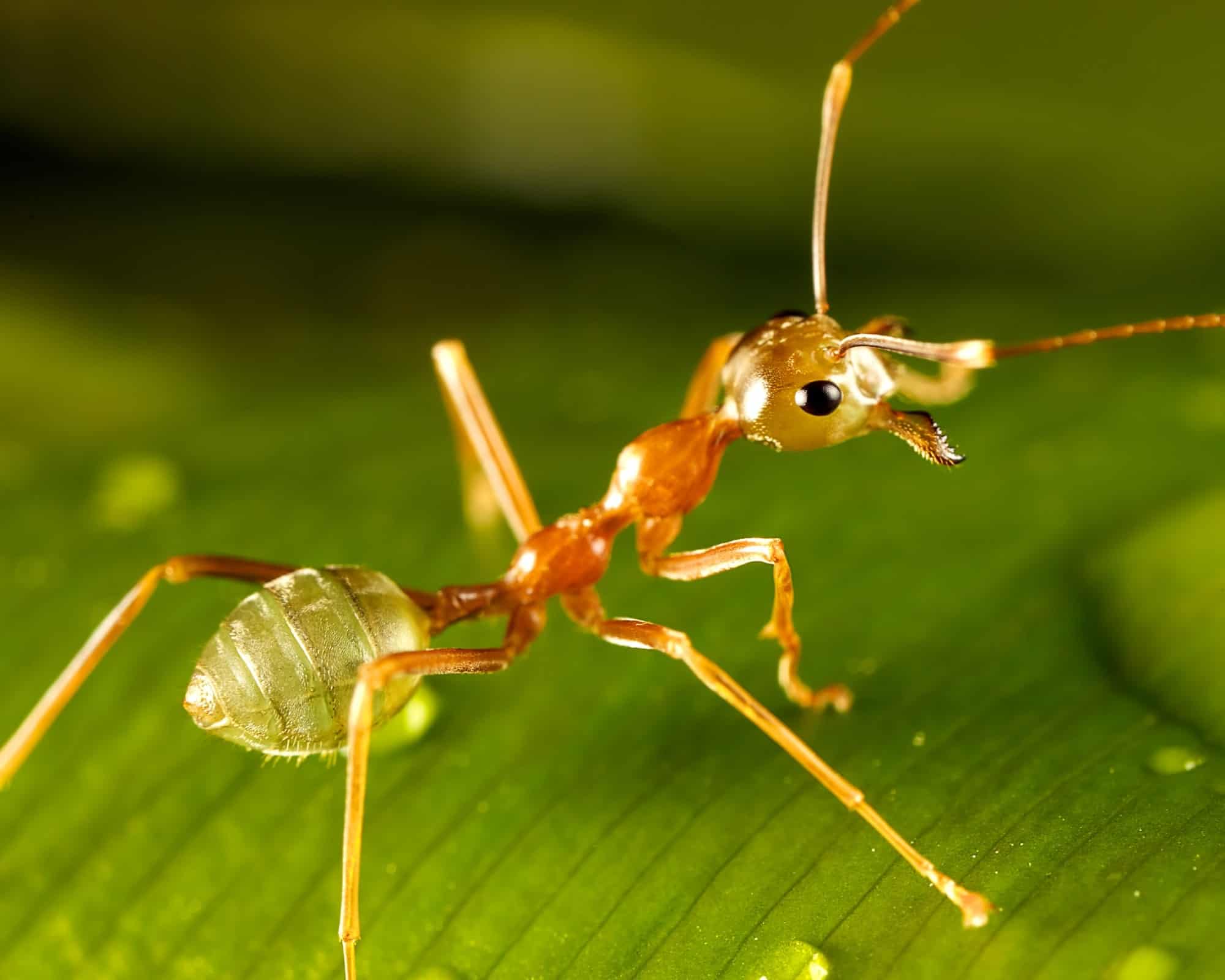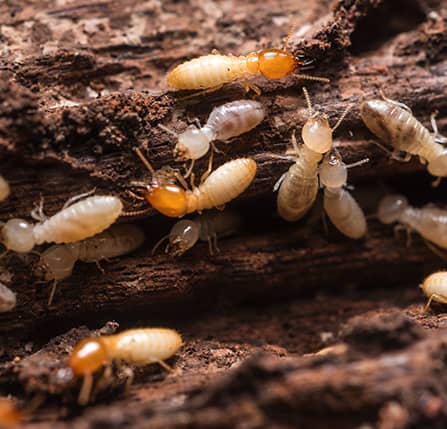Carpenter Ant Frass In Attic

Indoor infestations can be tracked by points of entry such as attic vents foundations cracks electric wires pipes and telephone lines.
Carpenter ant frass in attic. Carpenter ants prefer to nest in structural lumber such as in wall voids hollow doors windows and foam panels. Look for wood close to or in contact with the ground. Carpenter ants excavate tunnels in wet or decaying wood to establish or expand their nests. What does ant frass look like.
So i was removing attic insulation and found some carpenter ants just hanging out under the insulation blown in cellulose. Ant frass is usually the first sign of a problem for property owners. Carpenter ant frass typically collects in attics basements and crawlspaces near open or bare wooden frames or woodworks. When ants do this to your attic structures it could significantly compromise its stability and your roof could cave in any time.
The pests dig out extensive galleries for the colony which weakens lumber from the inside out. Ants could damage your attic in as few as six months. Wood less than 8 inches from soil is an invitation to carpenter ant or termite infestation. Carpenter ants have built a reputation for shaving through wood making holes and tunnels that damage it.
The droppings of carpenter ants appear like sawdust. I hit them with some raid ant killer and got alot of them but alot them fled the scene. They may also be found in living areas especially if the ants have been gorging on the flooring different wooden structures and other building home materials. Carpenter ants rarely nest in dry wood.






